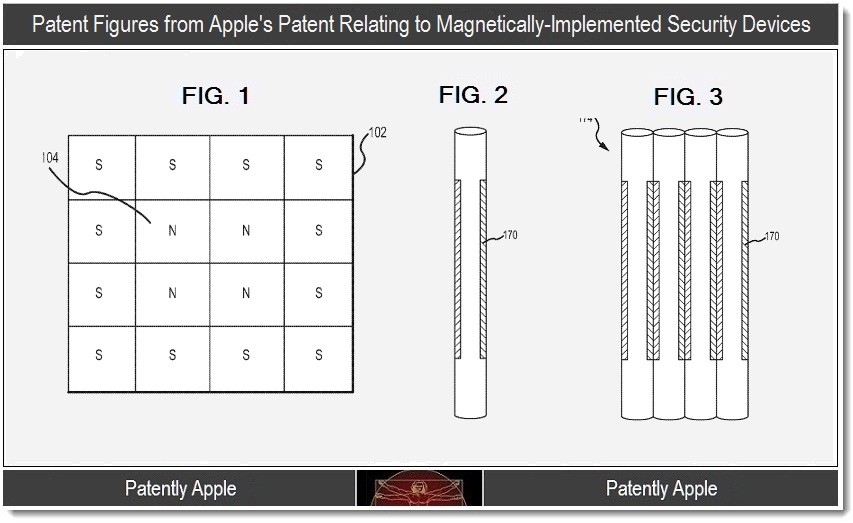Did eproxy figure in Apple s surprise sayonpay loss
Post on: 4 Июль, 2015 No Comment

APPLE Inc. (NASDAQ: AAPL) has been a market darling over the past 18 months, so some observers are surprised that a majority of the firms shareholders have voted against the board for a say in the firms executive pay practices.
The voting results were not released by the company, but it was reported at yesterdays meeting that the non-binding resolution, submitted by the the AFL-CIO Reserve Fund, won the necessary approval from shareholders.
So what has Apples shareholders so grumpy that theyd go against the boards recommendations and vote for a say on pay?
Sure, Apples stock price has fallen from last years $200 highs, but the same has happened at many companies. And AAPL holders still did very well in 2007 .
Of course, there was all that controversy over options backdating last year, but the SEC has shut down its investigation of CEO Steve Jobs role in that affair. As Jim Goldman of CNBC reports. last year when the scandal was still fresh in their minds the same proposal got just 41% of shareholders votes.
Low retail turnout amplifies activist vote
What gives Apple shareholders? I have a theory, based on the fact that the one big difference this year is that Apple did a default electronic distribution of its annual report and proxy statement.
They took advantage of the Securities and Exchange Commissions (SEC) new notice-and-access process. That process, which involves shareholders receiving a postcard-sized notice in the mail, and then ordering print reports or going online to view their materials and cast their votes, has been experiencing some difficulties.
Most notably, only about 4% of retail shareholders have gone online to vote in response to companies mailings. And retail investors hold about 30% of Apples shares, according to Thomson Financial.
Low retail turnout has the effect of amplifying the votes of institutional activist investors. who are obliged to vote at annual meetings. The more shares in the hands of retail investors, the higher the potential for activists to triumph in an e-proxy-based meeting.
In other words, by using the notice-and-access e-proxy approach, Apple may have inadvertently helped activist investors defeat its boards position on say on pay.
Failing to prep shareholders for Web disclosure
Now, you might be thinking that Apple shareholders are a tech savvy lot, so they probably did go online to vote. I wouldnt be so sure. Look at what happened at Microsoft last year.

Also, I noticed a readers comment on the San Francisco Chronicles report about the meeting that suggests there were some problems with the notice-and-access process at Apple. Heres what the reader wrote:
As an Apple shareholder I voted for the Say on Pay shareholder resolution and am tickled it passed. Its a step in the right direction. Did any other shareholders have problems getting them to mail hard copies of the annual report and proxy material?
Admittedly, this is all just speculation on my part because I dont have the actual voting numbers. But I have a strong hunch that notice-and-access played a role here.
This hunch is based on the low average retail participation rates thus far, and on the fact that Apples IR department has never used the Web effectively. I think its very unlikely that the companys retail shareholders are conditioned to use the Web to interact with the company as an investment .
www.apple.com/














